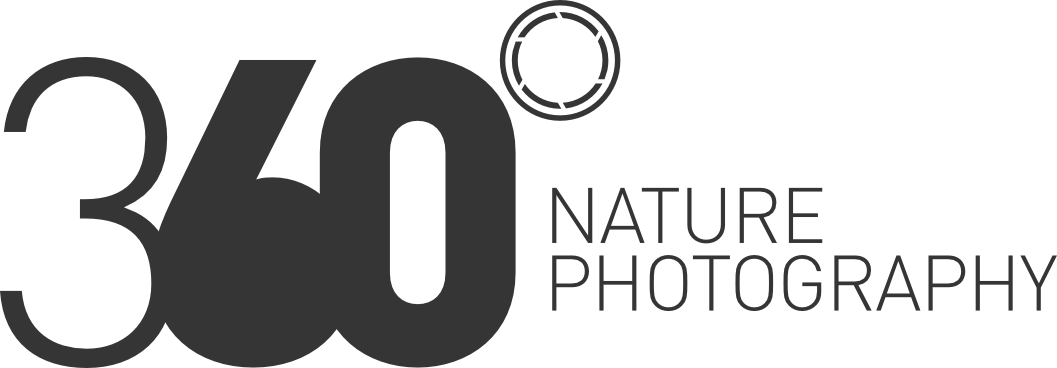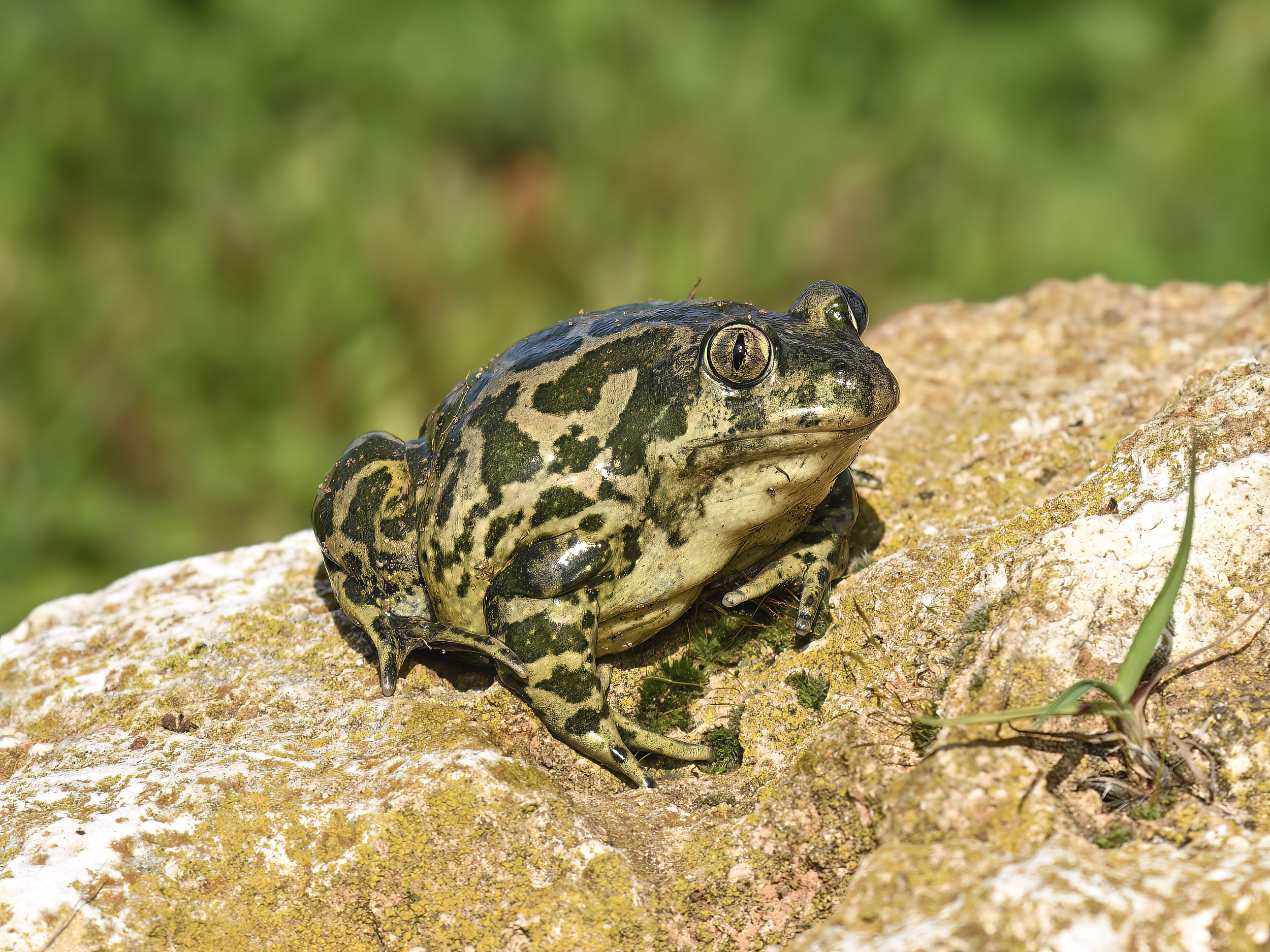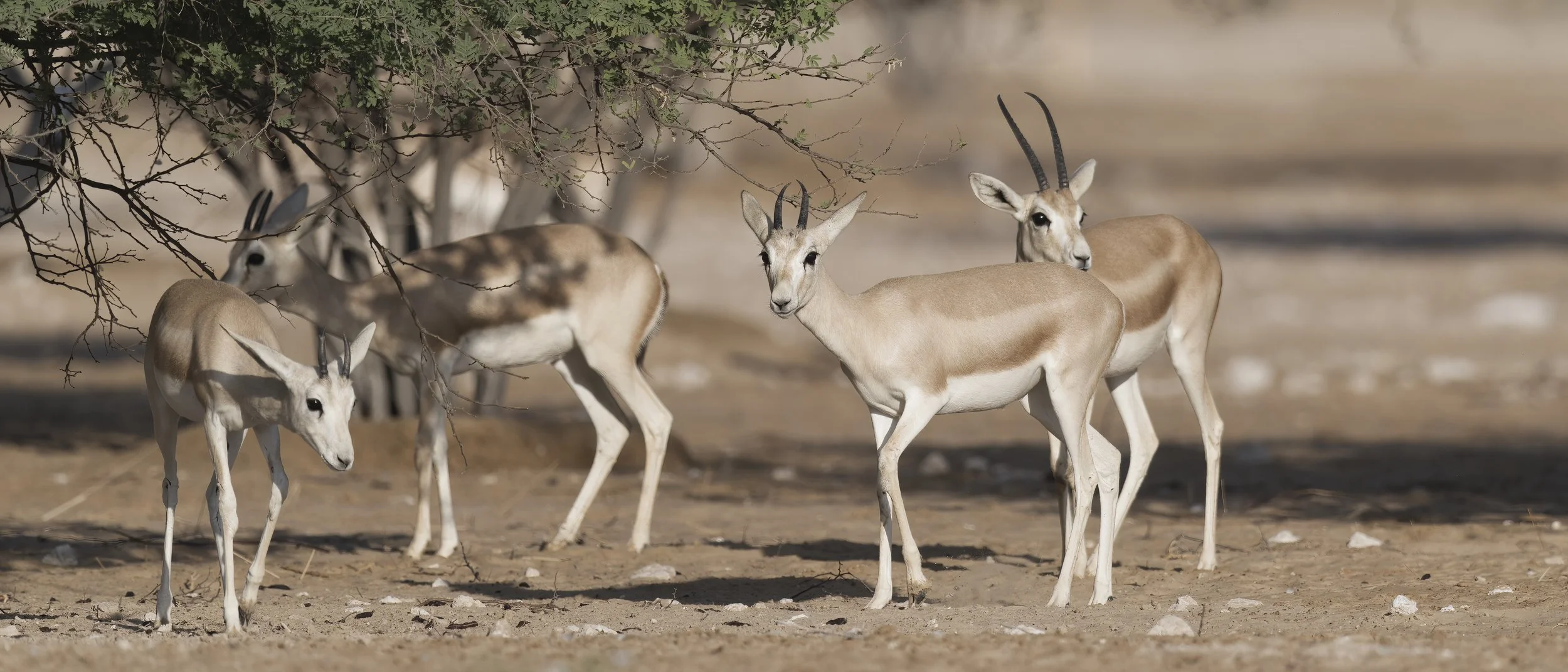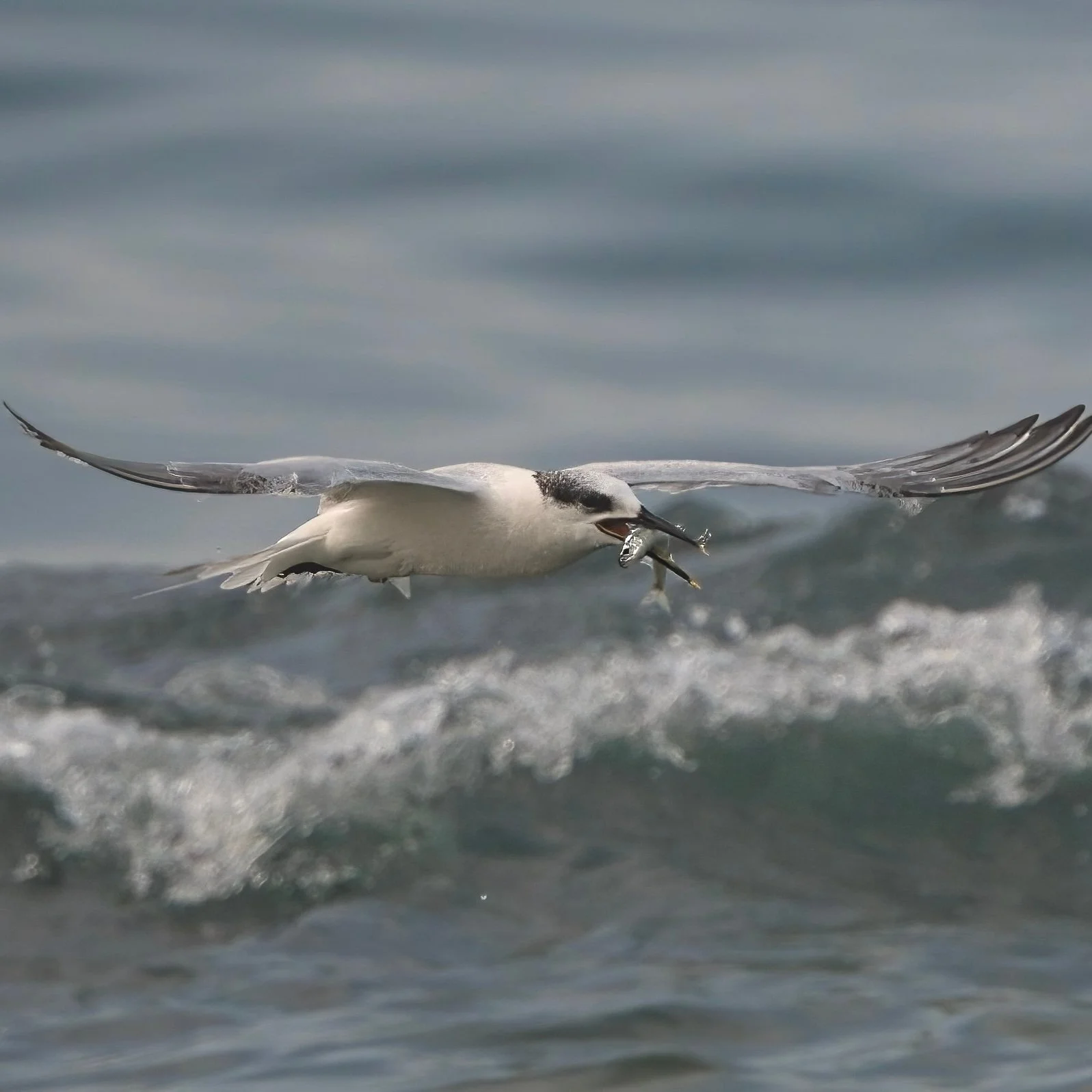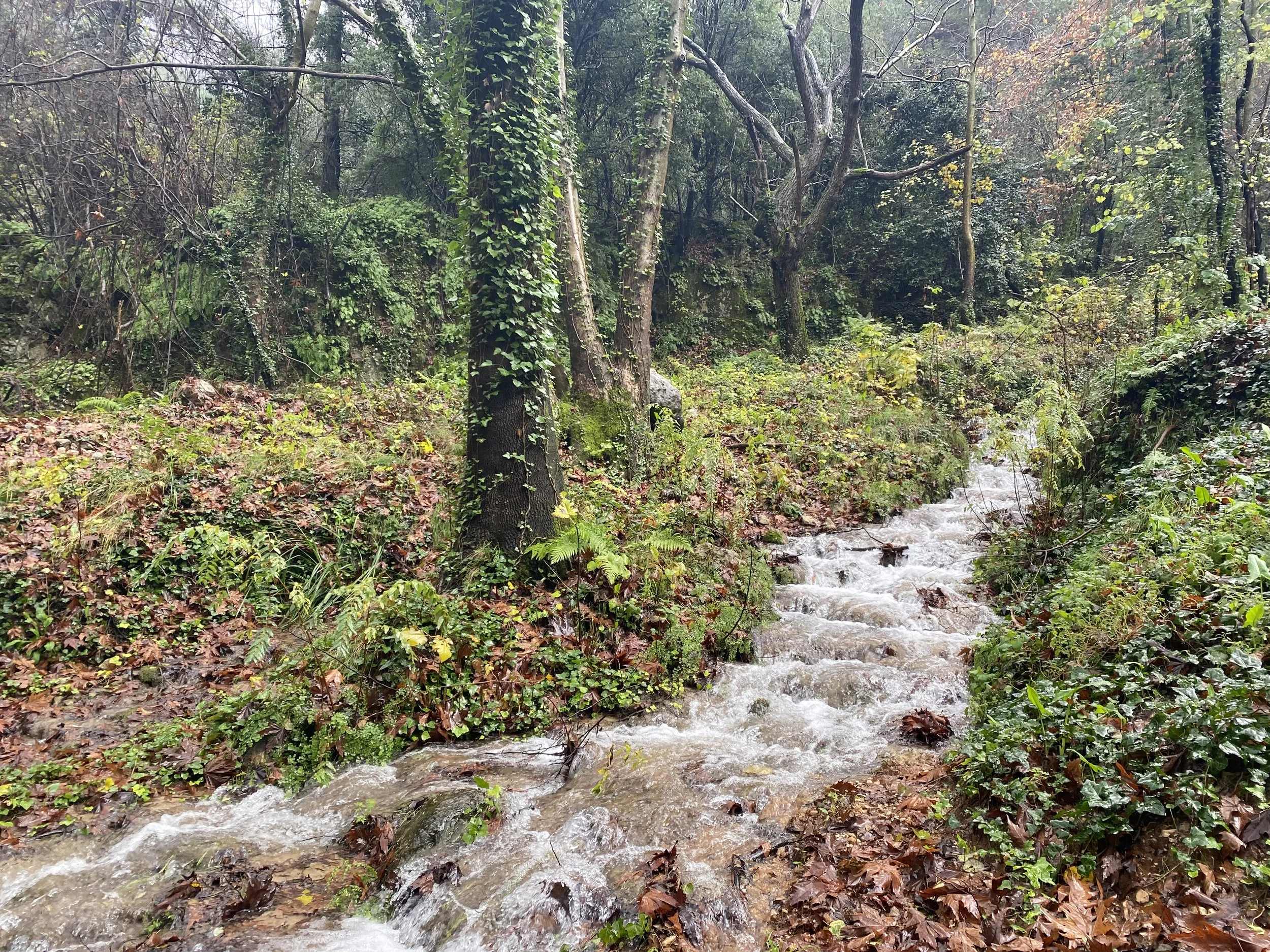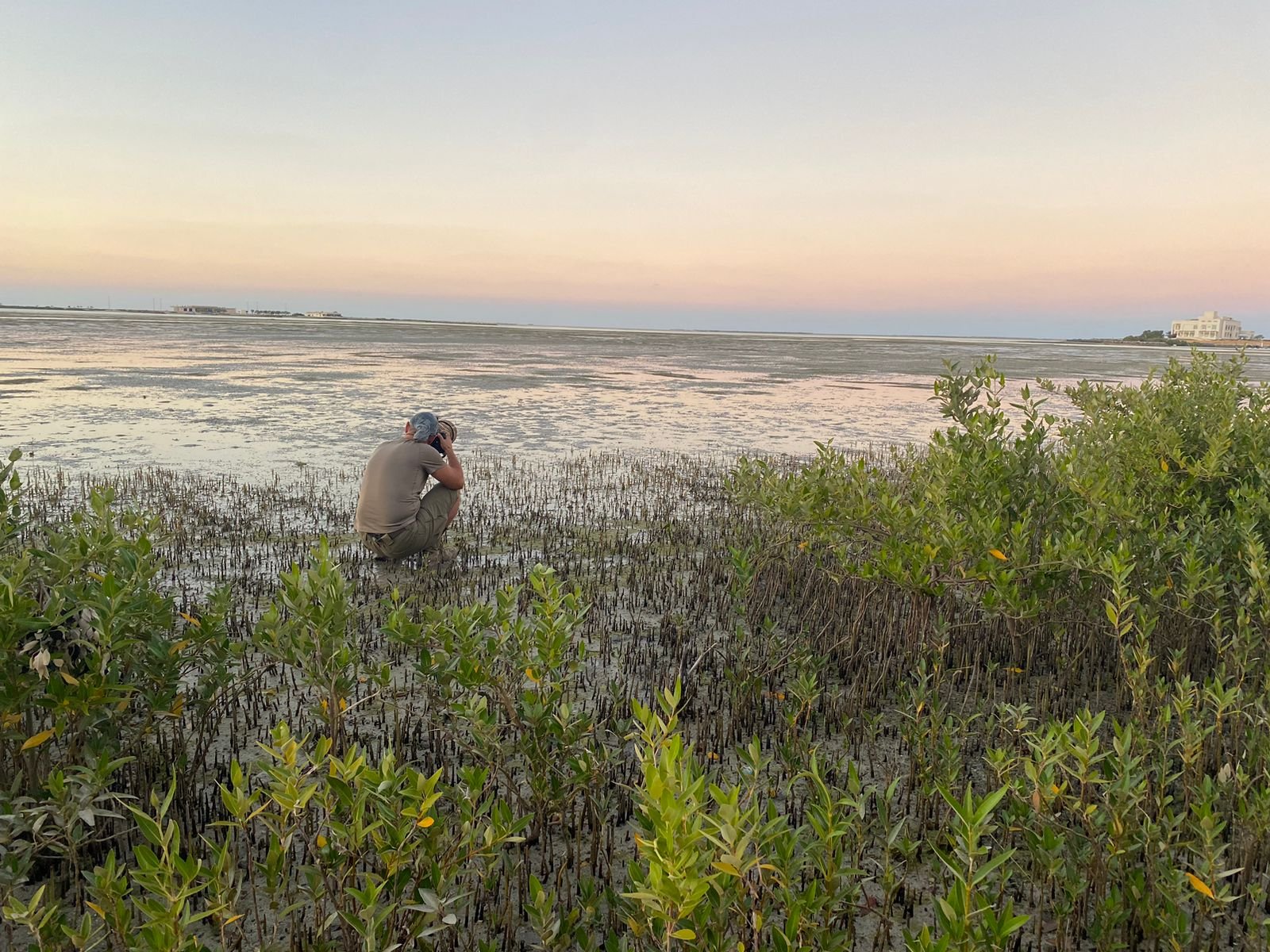Camouflage and hiding techniques
for wildlife photography where to use it and how
Camouflage and hiding techniques
are one of the most important skill to master
-
Hiding Blanket
In moments of uncertainty, opt for it. This lightweight and easily deployable solution is ideal for brief sightings. It's noteworthy, however, that the interior can become quite warm, requiring minimal movement. It's essential to remain still while utilizing this option. Using it while doing Ibex photography I found myself just inches away from these majestic creatures, all while remaining completely undetected.
-

3D Leaf Camouflage
The 3D Camo leaf suit proves most effective amidst dense forests. Its comfort and portability make it an excellent choice. When in use, strategically position yourself near bushes or trees to seamlessly blend in and avoid standing out.While immersed in the 3D Leaf suit, I experienced an extraordinary connection with nature. Squirrels, perhaps mistaking me for a genuine tree, playfully bounded around me at an incredibly close distance. This close encounter highlighted the effectiveness of the camouflage, allowing me to seamlessly integrate into the environment and witness wildlife behavior up close in a way that felt remarkably authentic.
-

Camouflage Net
Designed for confined spaces and extended waits, this exceptionally lightweight solution offers unparalleled versatility. Its flexibility allows it to effortlessly conform to any desired shape. Paired with a chair and sunshade, it becomes the perfect companion, ensuring comfort and adaptability in various settings.
-

Photography Hide\Tent
While the photography tent may be substantial and weighty, it offers superior protection against the elements. Its generous size functions as an effective concealment, allowing for undetected movement within. For enhanced blending, consider incorporating elements from the surrounding environment into the tent's design for optimal camouflage.
-

Mirrors to reflect any surrounding
Versatile and reflective, mirrors prove exceptionally useful for ground-level or surface-level shoots, especially with animals that don't climb or fly. Ideal for swamp settings where I'm at water level, the mirror effortlessly reflects the surroundings. Similarly, it excels in mountainous terrain, allowing strategic positioning for shooting down on animals below. Its adaptability makes it a valuable tool for various wildlife photography scenarios.
-

Using vehicle as your hide
Surprising as it may sound, utilizing a car for wildlife photography is an ingenious camouflage technique. Animals seem to tolerate the presence of a car remarkably well, often allowing a closer approach than if a person were walking towards them. The car provides both mobility and protection from the elements. To optimize this strategy, I employ a specialized car rig to securely hold my camera setup. used it a lot for my night photography “Owls and foxes”
